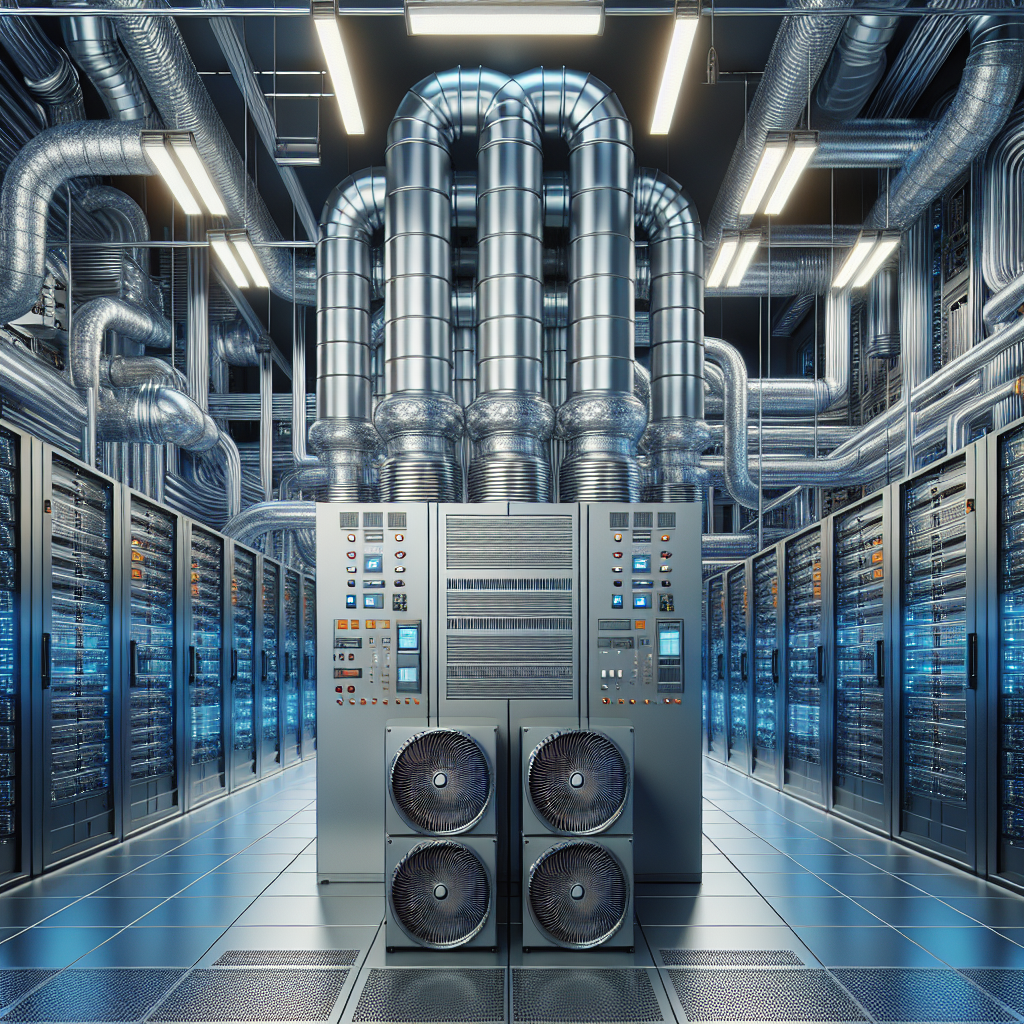Your cart is currently empty!
Best Practices for HVAC System Integration in Data Centers

Data centers are crucial components of modern businesses, housing the servers and equipment that power everything from email communications to online transactions. With the amount of heat generated by these servers, proper HVAC system integration is essential to ensure the equipment operates efficiently and reliably. Here are some best practices for integrating HVAC systems in data centers.
1. Consider the layout and airflow: Proper airflow is critical in a data center to ensure that equipment remains cool and operates efficiently. When integrating an HVAC system, take into account the layout of the data center and position vents and air handlers strategically to ensure that cool air is distributed evenly throughout the space. Hot aisles and cold aisles should be properly configured to optimize airflow.
2. Size the HVAC system correctly: It is important to properly size the HVAC system for the data center to ensure that it can effectively cool the space. An undersized system will struggle to keep up with the heat generated by the servers, leading to overheating and potential equipment failure. On the other hand, an oversized system can lead to wasted energy and higher operating costs.
3. Use energy-efficient equipment: Energy efficiency is a key consideration in data center operations, as the cooling systems can account for a significant portion of energy consumption. When integrating an HVAC system, opt for energy-efficient equipment such as variable speed drives, high-efficiency chillers, and economizers to reduce energy usage and lower operating costs.
4. Implement temperature and humidity monitoring: Monitoring the temperature and humidity levels in the data center is essential to ensure that the HVAC system is operating effectively. Implement temperature and humidity sensors throughout the data center to track environmental conditions and ensure that the equipment remains within recommended operating ranges.
5. Maintain regular maintenance: Regular maintenance is crucial to ensure the continued operation and efficiency of the HVAC system in a data center. Schedule routine inspections and maintenance checks to identify and address any potential issues before they lead to equipment failure. Clean or replace air filters regularly to prevent clogs and ensure proper airflow.
6. Implement redundancy: Redundancy is key in data center operations to ensure high availability and uptime. When integrating an HVAC system, consider implementing redundancy in critical components such as chillers, air handlers, and pumps to prevent downtime in the event of a failure. Backup generators and cooling systems can also provide additional layers of redundancy to protect against power outages or system failures.
By following these best practices for HVAC system integration in data centers, businesses can ensure that their equipment remains cool, efficient, and reliable. Proper airflow, sizing, energy efficiency, monitoring, maintenance, and redundancy are all essential considerations to optimize the performance of the HVAC system and ensure the continued operation of critical data center equipment.

Leave a Reply